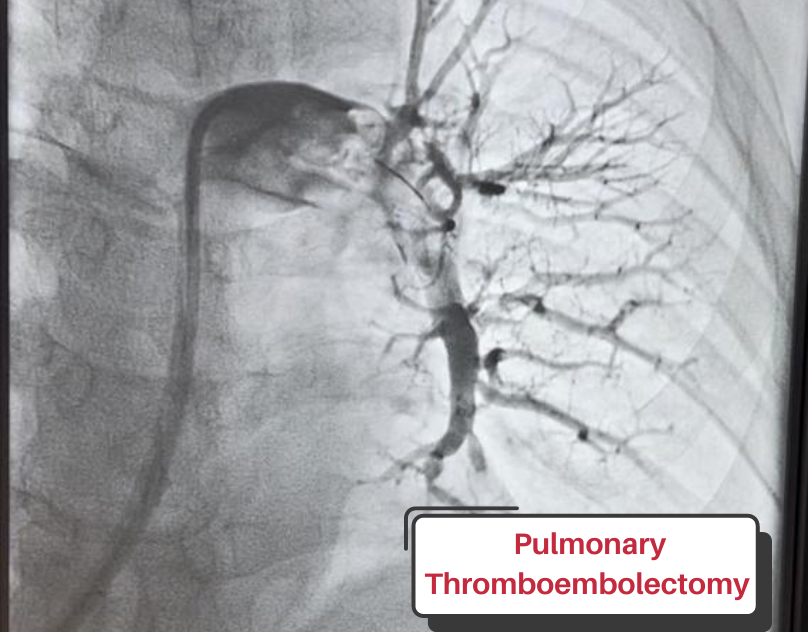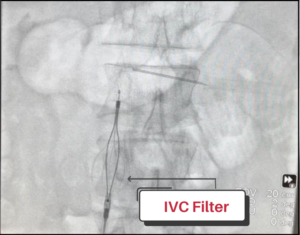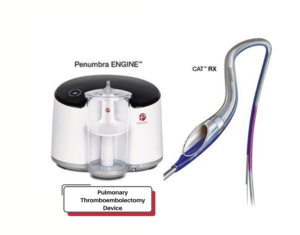- +91 83103 67685
- info@drameetoswal.com
- Basavanagudi
Pulmonary Thromboembolism Treatment in Bangalore। Our Cardiologist says, Thrombectomy is a minimally invasive procedure in which blood clots are removed from the arteries.

Best Pulmonary embolism treatment in Bangalore। Get the best treatment for Pulmonary embolism from our Doctor in Bangalore। Thrombectomy is a procedure mainly involving removing blood clots from the arteries. Blood clots in the pulmonary arteries block the normal flow of blood to the lungs and thus prevent adequate oxygenation of blood. Cardiologists say that blood clots in the arteries can cause life-threatening conditions like pulmonary embolism, acute myocardial infarction or acute stroke.
The procedure for pulmonary thrombectomy is Percutaneous. In the thrombectomy procedure, the cardiologist inserts a catheter into the patient’s blood vessels to remove the blockage (clots from the pulmonary artery) and restore blood flow to the lungs. Procedure is done under local Anesthesia.
If there is risk of recurrent pulmonary embolism then an IVC filter is placed in the major vein of the body to prevent blood clots from reaching the pulmonary artery from the lower body.
If it is not treated at the right time, then later, it can become a severe threat to your life. Cardiologists recommend emergency treatment based on the severity of blood clots and the location of the clot.


You may need a thrombectomy procedure if you have a blood clot in your arteries. Thrombectomy procedure is only required when blood-thinning medications such as anticoagulants or thrombolytics are contraindicated or cannot be used in adequate dosage.
Talking about the symptoms of pulmonary embolism, its symptoms may look like other blood disorders, which include:-
Not all pulmonary embolism patients require the intervention of thrombectomy. Some blood clots can be treated with medications such as thrombolytics or anticoagulants. Thrombolytic drugs dissolve blood clots suddenly, and anticoagulant drugs prevent formation of further blood clots . The need for thrombectomy procedure is decided by your cardiologist depending on your severity of presentation and contraindication to thrombolytics.
Blood clots can lead primarily to severe disability, or even sudden cardiac death. Thrombectomy procedure works to reduce all these risks. This procedure restores blood flow by eliminating blood clots and limits complications (pulmonary hypertension/ death)
Thrombectomy procedure also has some risks, which mainly include the following:-
Thrombectomy procedure has become very common in today’s time. However, the whole process of thrombectomy procedure depends on the type, location, and size of the blood clot. Therefore, proceed only on the advice of your doctor.
The recovery process after a thrombectomy procedure depends on several factors. For example, if you have previously taken medicines for clotting or thinning, you can recover much more quickly from thrombectomy surgery. Compression stockings are also given to prevent blood clots from forming in the legs. Lastly, our cardiologist says the recovery process is easy.
Subscribe our newsletter for latest information in the field of cardiology
WhatsApp us